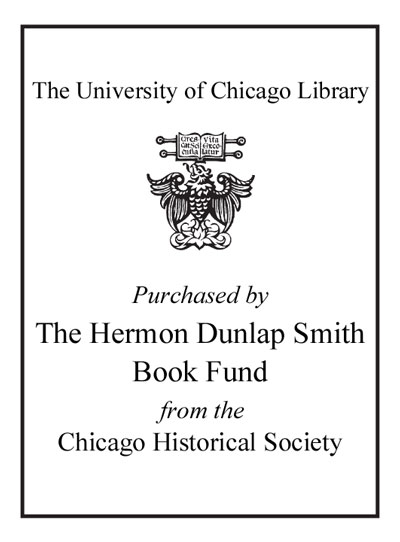Review by Booklist Review
Strange things happen in Auster's novels, while in his nonfiction we learn that he's no stranger to the inexplicable in real life. As he takes up the painful and confounding subject of rampant gun violence in America, he reveals a tragic family secret that embodies the fact that fatal shootings reverberate through families and communities for generations. A refined and electrifying writer, Auster presents memories, facts, and commentary with stunning clarity, recounting the horrific details of one mass shooting after another in sync with Spencer Ostrander's somber photographs of grocery stores, schools, a small-town city hall, a Walmart, churches, each silent and haunted after massacres of innocent people. Auster ponders bewildering statistics and the motives of mass shooters, considers the role of guns in our "national mythology" and our failure to face our violent past, parses the Second Amendment and failed attempts at gun control, and examines how social media has helped turn mass shootings into "both a competitive sport and a sinister new variant of contemporary performance art." A rigorous and evocative grappling with mass tragedies in this time of "furious discord."
From Booklist, Copyright (c) American Library Association. Used with permission.
Review by Publisher's Weekly Review
Novelist Auster (Burning Boy) and photographer Spencer Ostrander take a powerful look at the causes and consequences of gun violence in America. Interweaving tragic stories and eye-opening statistics (40,000 Americas are killed by guns every year) with haunting, black-and-white photographs of mass shooting sites (Marjory Stoneman Douglas High School; the Emanuel AME Church in Charleston, S.C.) after the media scrums that cover such "grisly spectacles" have departed, Auster explores the historical and cultural forces that have made America "the most violent country in the Western world" and reflects on his own experiences with gun violence, including the family trauma caused by his grandmother's killing of his grandfather in 1919. Elsewhere, Auster sketches the psychological profiles of mass killers, noting that the Aurora, Colo., multiplex shooter, who played loud techno music through his headphones during his assault, had "nerves so delicately strung" he couldn't "bear to listen to the clamor and the screams" of his victims. For Auster, who casts doubt on the likelihood of judicial or legislative remedies, the end to the gun debate will only occur when "both sides want it, and in order for that to happen, we would first have to conduct an honest, gut-wrenching examination of who we are and who we want to be as a people going forward into the future." This trenchant account goes a long way toward making that possible. Photos. (Jan.)
(c) Copyright PWxyz, LLC. All rights reserved
Review by Library Journal Review
Novelist Auster ("The New York Trilogy") writes an anguished cry of bafflement at this country's obsession for guns; it's not a call to regulate or ban certain types of firearms. Although Auster has never owned a gun, he became a skilled marksman by the age of 10. He learned firsthand how a single act of gun violence can start a generational collapse of family when his grandmother murdered his grandfather. But his personal history goads him to ask, why does society accept approximately 40,000 deaths a year--half of them by suicide--from guns? To answer that, the author examines how these shootings grow out of the combined psyche of U.S. Americans, the cowboy mythos, endless fictional violence on television, and the politicians who use fear to distort reality. He also traces the racial history of the United States and how it's translated into widespread violence. VERDICT Not a comfortable read but rather a work that deals with the societal consequences of sacrificing thousands of lives. Ideal for libraries with collections on both gun control and sociology.--Edwin Burgess
(c) Copyright Library Journals LLC, a wholly owned subsidiary of Media Source, Inc. No redistribution permitted.
Review by Kirkus Book Review
The acclaimed novelist lays out how America became a nation terrorized by personal weaponry. In this brief but remarkably moving work, Auster blends personal and historical commentary, anecdotal and statistical evidence, sober analysis, and passionate appeals for reform, sketching the origins and present reality of American gun violence. Early in the book, he reveals a disturbing secret: When his father was 6 years old, his grandmother deliberately shot and killed his grandfather in an act attributed to temporary insanity. Auster suggests that this tragedy and its ramifying trauma might be viewed as broadly and uncannily representative of modern American life, where such violence has been normalized by its frequency. The author remains both sensible and compelling in his commentary as he notes the divisiveness of efforts at gun control, and he skillfully summarizes the reasoning and emotional commitments of both pro- and anti-gun activists. His outline of the nation's historical relationship with guns is astute and memorable, and he persuasively assesses the sociopolitical roots of the "right to bear arms," the ideological impacts of long-term conflicts with Native Americans and the enslavement of African Americans, and the strange oscillations of outrage and complacency that define contemporary responses to mass shootings. Though Auster's arguments will be familiar to anyone who has followed gun control debates closely, the author's overview is exceptional in its clarity and arresting in its sense of urgency. The book includes a series of photographs by Ostrander, each of them absent of human figures or any overt suggestion of traumatic events--caption: "Safeway supermarket parking lot. Tucson, Arizona. January 8, 2011. 6 people killed; 15 injured (13 by gunfire)." The photos document the sites of mass shootings and provoke, like the text, disquieting confrontations with the nation's transformation of all private and public settings into potential sites of violence. A harrowing, haunting reflection on the routine slaughter wrought by guns. Copyright (c) Kirkus Reviews, used with permission.
Copyright (c) Kirkus Reviews, used with permission.
Review by Booklist Review
Review by Publisher's Weekly Review
Review by Library Journal Review
Review by Kirkus Book Review

